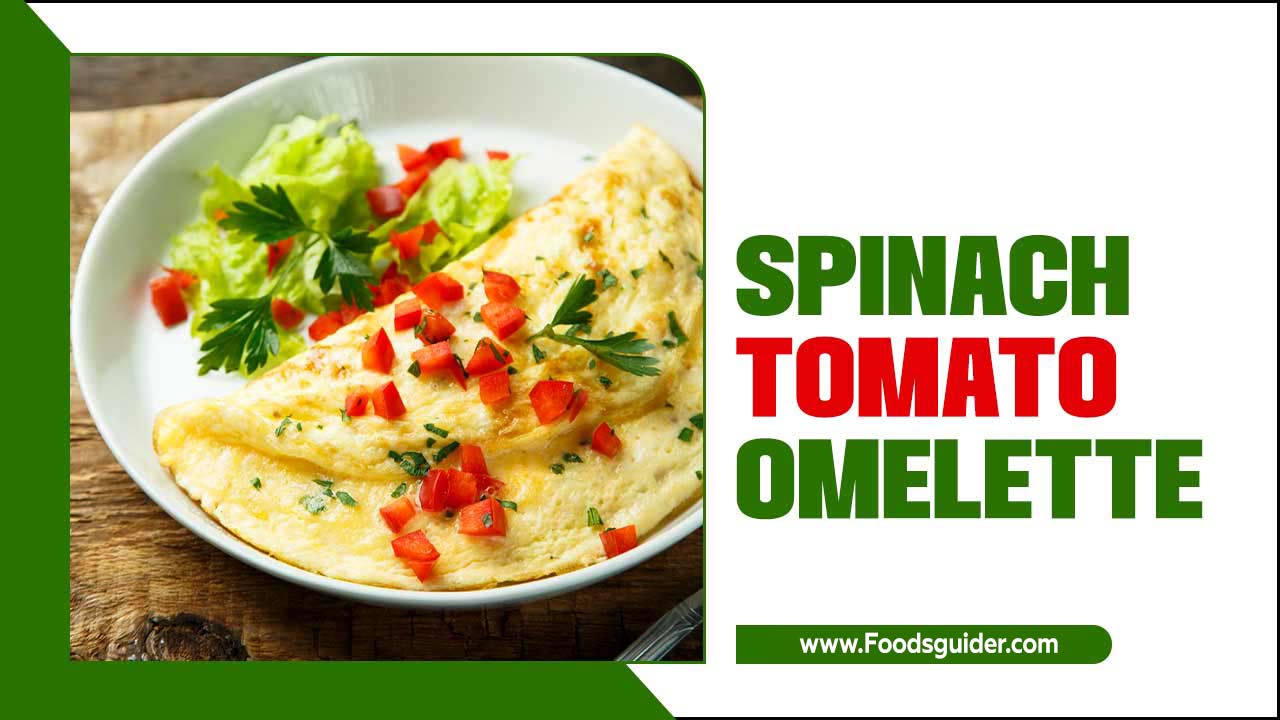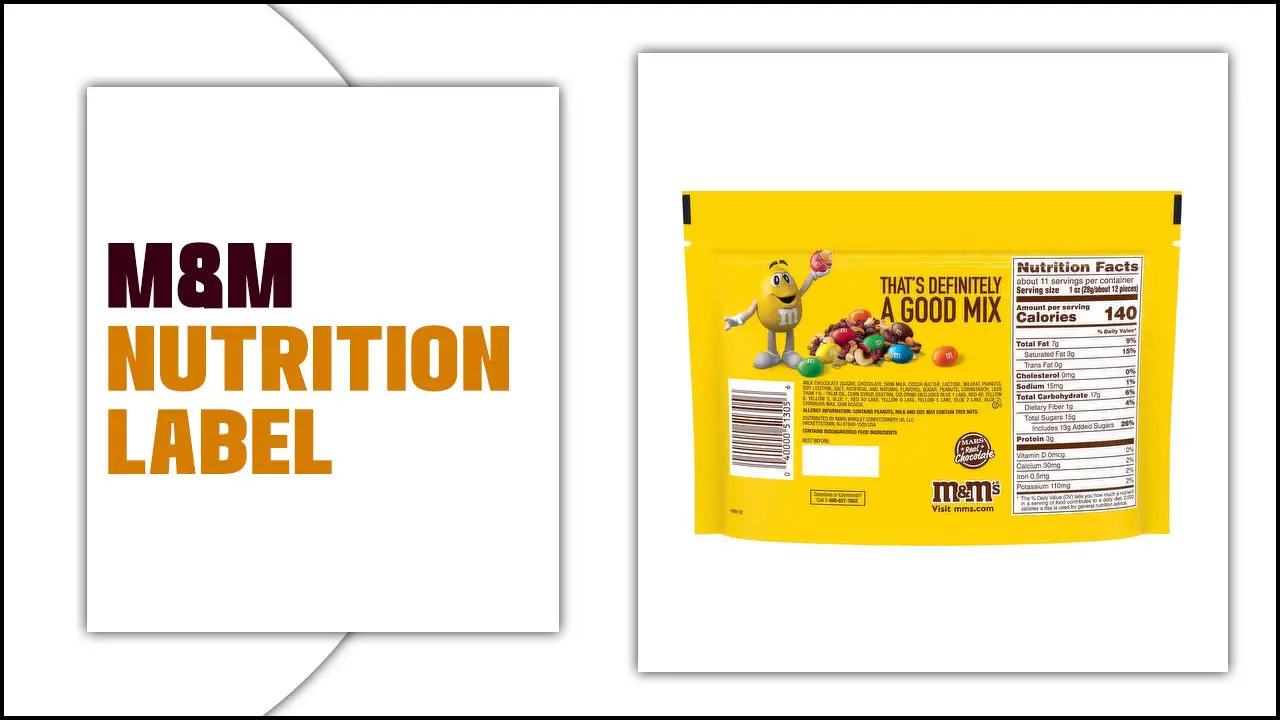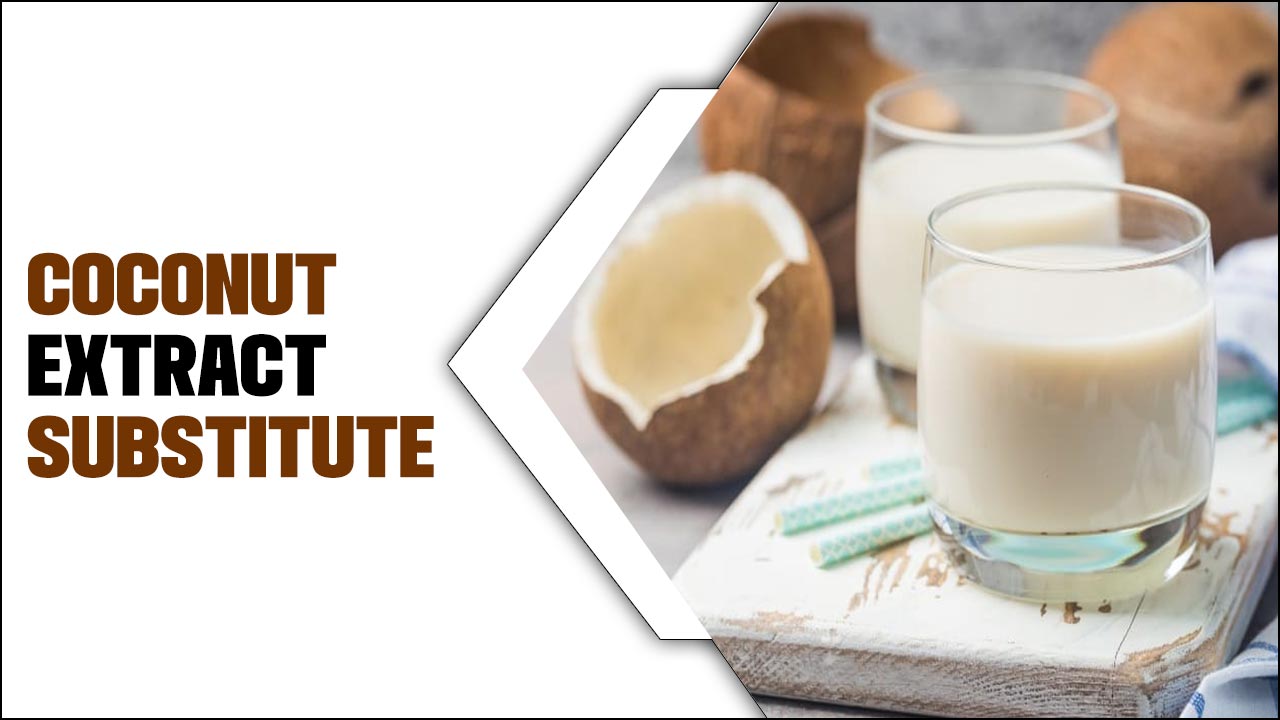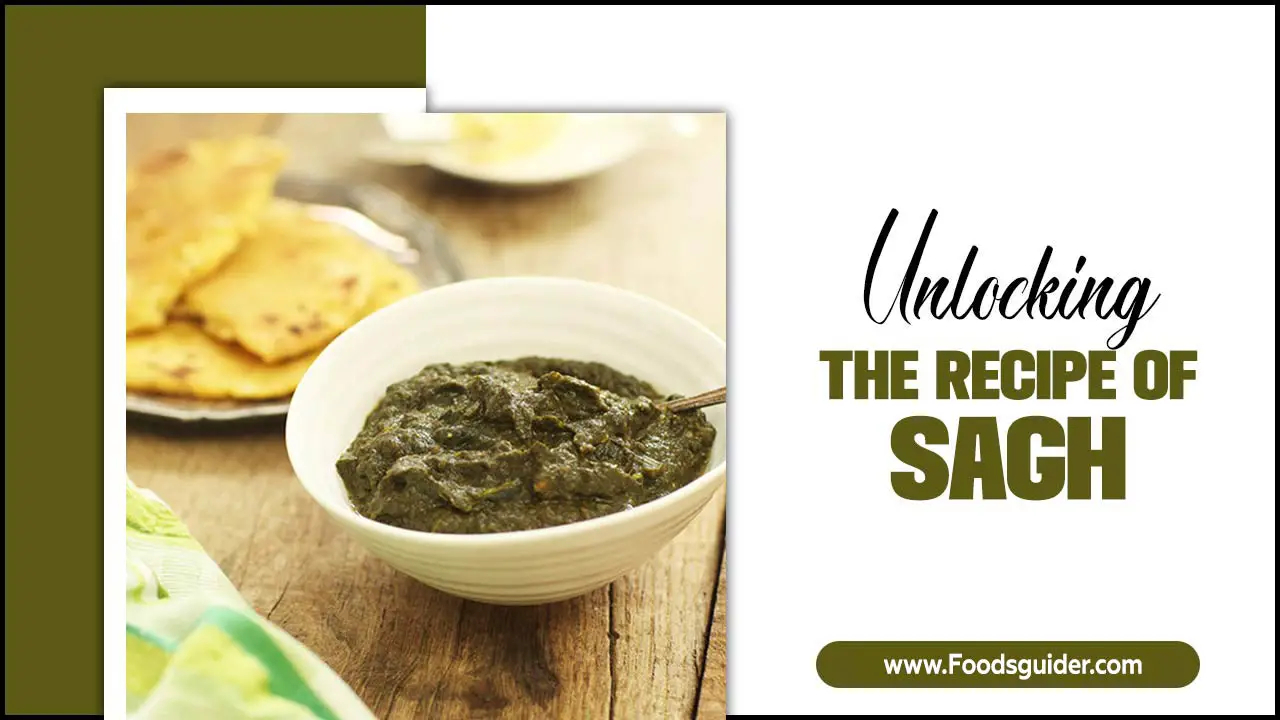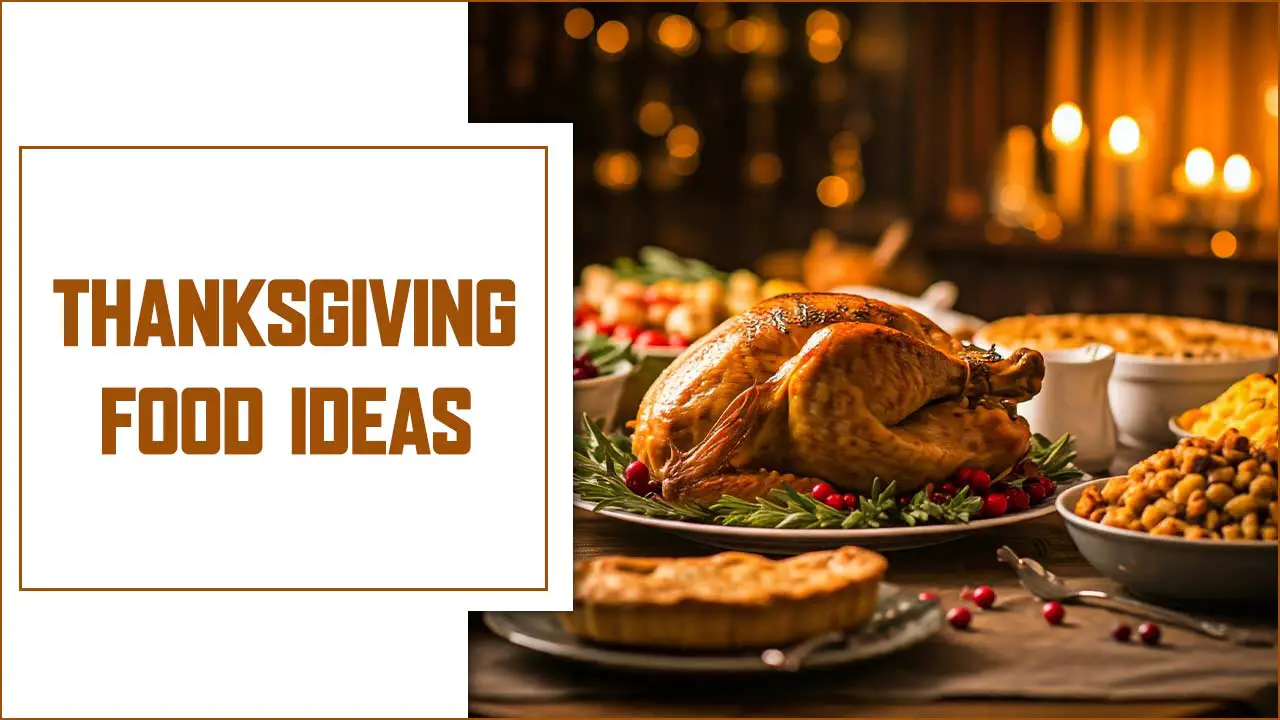Wine Festivals Europe 2025: Your Ultimate Guide to Discovering Europe’s Best Wine Celebrations in 2025. Plan your perfect wine adventure with our curated list, tips, and essential information for an unforgettable experience.
Europe is a wine lover’s paradise, brimming with rich history and diverse vineyards. Planning a trip around wine festivals can be incredibly rewarding, offering a unique way to taste local flavors and immerse yourself in culture. But with so many amazing events, how do you choose? It can feel a little overwhelming trying to sort through dates, locations, and what each festival offers.
Don’t worry; we’re here to help! This guide is your friendly companion to navigating the exciting world of European wine festivals in 2025. We’ll break down some of the top events, share practical tips for attending, and make sure your planning is as smooth as a fine Pinot Noir. Get ready to uncork some amazing experiences!
Why Attend a Wine Festival in Europe?
Wine festivals are more than just tasting events; they are vibrant celebrations of culture, tradition, and community. Imagine strolling through picturesque vineyards, meeting passionate winemakers, and sampling unique vintages that tell the story of their region. These festivals offer an unparalleled opportunity to:
- Discover New Wines: Sample a wide array of wines from different regions and producers, often including exclusive or hard-to-find bottles.
- Meet the Makers: Connect directly with winemakers, learn about their craft, and hear the stories behind their wines.
- Experience Local Culture: Immerse yourself in the local atmosphere, enjoy regional food, music, and traditions.
- Learn About Wine: Many festivals offer masterclasses, workshops, and guided tastings to deepen your understanding of wine.
- Support Local Producers: By attending, you directly support small and family-run wineries.
Wine Festivals Europe 2025: Highlights and Must-Know Events
Europe boasts a spectacular calendar of wine festivals. While the official dates for 2025 are still being finalized for some events, here are some of the most anticipated and well-regarded festivals across the continent, offering a glimpse into the wine world’s exciting upcoming year. We’ve compiled a list that covers a variety of wine styles and regions, perfect for any beginner looking to dive in.
Spring Sensations: March – May 2025
As the continent awakens, so do the vineyards and their celebratory spirits.
Vinitaly (Verona, Italy)
While typically held in spring, Vinitaly is one of the world’s most significant wine trade fairs, attracting professionals and enthusiasts alike. It’s a massive event showcasing Italian and international wines, with extensive tasting opportunities, educational sessions, and plenty of business networking. For beginners, it’s a fantastic place to get an overview of the Italian wine landscape.
- Focus: Italian and International Wines
- Why attend: Unrivaled selection, industry insights, and Italian wine immersion.
- Typical Dates: Early April
Relais & Châteaux Wine Festival (France)
Many Relais & Châteaux properties across France host their annual wine festivals, often in late spring. These events are more intimate, focusing on the exceptional wines from their partner vineyards and the culinary pairings curated by their chefs. It’s a luxurious yet accessible way to experience high-quality wines.
- Focus: Fine wines, gourmet food pairings
- Why attend: Exclusive estate wines, exquisite dining experiences.
- Typical Dates: April – May
Porto Wine Festivals (Porto, Portugal)
The Douro Valley is famous for its Port wine, and various festivals pop up in and around Porto during spring and early summer. These often involve tastings directly from the Quintas (wine estates), boat trips on the Douro River, and traditional Portuguese music and food. It’s a vibrant introduction to the world of fortified wines.
- Focus: Port wine, Douro Valley wines
- Why attend: Authentic Port wine experience, stunning scenery.
- Typical Dates: May – June
Summer Sips: June – August 2025
Summer is peak festival season, with events in vineyards and charming towns.
La Foire aux Vins d’Alsace (Colmar, France)
Although widely known as a music festival, the Foire aux Vins d’Alsace in Colmar also features a significant wine component. It celebrates the distinctive white wines of the Alsace region, such as Riesling, Gewürztraminer, and Pinot Gris. Expect a lively atmosphere with local food stalls and music.
- Focus: Alsace wines (Riesling, Gewürztraminer, Pinot Gris).
- Why attend: Lively atmosphere, local specialties, unique regional wines.
- Typical Dates: Late July – Early August
Wine Festivals in Austria (Various Regions)
Austria has numerous regional wine festivals throughout its winemaking areas, particularly in the Wachau Valley (for Grüner Veltliner and Riesling) and Burgenland. These often start in summer and continue into autumn. They are typically smaller, community-focused events with authentic local experiences.
- Focus: Austrian white wines (Grüner Veltliner, Riesling), local reds.
- Why attend: Charming villages, authentic local culture, excellent value.
- Typical Dates: June – September
Spanish Wine Festivals (La Rioja, Spain)
La Rioja, Spain’s most famous wine region, hosts various events celebrating its Tempranillo-based wines. While specific festival dates vary, many celebrate the ‘Rioja Wine Day’ in June. Expect tastings, vineyard tours, and fiestas that highlight the passion for Spanish wine.
- Focus: Tempranillo, Rioja wines
- Why attend: Iconic Spanish wine region, vibrant culture, delicious tapas.
- Typical Dates: June onwards
Autumn Harvest: September – November 2025
The harvest season brings a special energy, celebrating the fruits of the year’s labor.
Rhône Wine Festival (Southern Rhône, France)
Festivals celebrating the robust wines of the Rhône Valley, like Gigondas, Châteauneuf-du-Pape, and Côtes du Rhône, often take place in early autumn. These events are perfect for discovering powerful reds and aromatic whites, often accompanied by delicious regional cuisine.
- Focus: Rhône red and white wines
- Why attend: Explore robust, full-bodied wines, enjoy Provencal flavors.
- Typical Dates: September – October
New World Wine Festivals (South Africa – if you’re looking further afield)
While focusing on Europe, it’s worth noting that many ‘New World’ wine-producing countries also have significant harvest festivals. For instance, South Africa’s Stellenbosch and Franschhoek regions have marvelous harvest festivals often held in February/March, celebrating their unique terroir and winemaking styles.
- Focus: South African varietals (Chenin Blanc, Pinotage, etc.)
- Why attend: Unique terroir, stunning landscapes, fusion cuisine.
- Typical Dates: February – March
Planning Your Wine Festival Trip: Essential Tips for Beginners
Attending a wine festival for the first time can be exciting! To make sure you have a fantastic experience, here are some handy tips:
1. Research and Book in Advance
Wine festivals are popular, so dates can fill up quickly. Before you book flights or accommodation, confirm the exact dates for 2025. Check the official festival websites for schedules, ticket prices, and any early-bird discounts. Many European countries have excellent public transport, but popular routes can still get busy.
2. Understand Your Tastes
Are you a red wine enthusiast, or do you prefer crisp whites? Do you love sparkling wines or are you curious about dessert wines? Knowing your preferences will help you focus your tasting and get the most out of the festival. Don’t be afraid to try something new, though!
3. Pace Yourself and Stay Hydrated
It’s easy to get carried away, but remember to taste responsibly. Sip, don’t gulp. Take breaks between tastings, and most importantly, drink plenty of water. Most festivals will offer water stations, and it’s essential for enjoying the day without feeling unwell.
4. Eat, Eat, Eat!
Wine and food are a perfect match! Festivals usually have local food vendors offering delicious snacks and meals. Eating will help soak up the alcohol and enhance your tasting experience. Try regional specialties that pair well with the local wines.
5. Transportation and Accommodation
Consider how you’ll get to and from the festival. If you plan on tasting extensively, looking for accommodation within walking distance or ensuring reliable public transport is key. Many festivals are held in rural areas, so plan your transport ahead of time. For driving, ensure you have a designated driver or use taxis.
6. Dress Appropriately
Comfort is essential. You’ll likely be doing a lot of walking, standing, and potentially navigating uneven terrain (like vineyards). Comfortable shoes are a must! Layers are also a good idea, as the weather can change. For some more formal events, a smart-casual look might be appropriate, but most festivals are relaxed.
7. Bring the Essentials
Don’t forget a reusable wine glass holder or lanyard if the festival provides them (sometimes bought on-site). A small notebook and pen can be useful for jotting down wine names you love. Some festivals might allow you to bring small coolers for purchases, but check their policies.
Festivals by Region: A Closer Look
Europe’s diverse geography means a vast spectrum of wine styles. Here’s a breakdown of some key regions and the types of festivals you might find there:
| Region | Country | Typical Wine Styles | Festival Vibe | Best For |
|---|---|---|---|---|
| Bordeaux | France | Cabernet Sauvignon, Merlot, Sauvignon Blanc | Sophisticated, classic, often château-focused. | Discovering world-renowned red blends and elegant whites. |
| Tuscany | Italy | Sangiovese (Chianti), Super Tuscans | Rustic charm, vibrant, food-centric celebrations. | Experiencing Italian wine culture, hearty reds, and delicious pasta. |
| Mosel | Germany | Riesling (often off-dry or sweet) | Picturesque river valleys, steep vineyards, charming villages. | Exploring aromatic, high-acid white wines. |
| Douro Valley | Portugal | Port Wine, Douro Reds | Stunning landscapes, traditional Quintas, lively riverside towns. | Learning about fortified wines and enjoying breathtaking scenery. |
| Penedès | Spain | Cava (sparkling wine), Grenache, Monastrell | Modern wineries, lively festivals, focus on sparkling and Mediterranean reds. | Sampling Spain’s answer to Champagne and exploring aromatic reds. |
Important Considerations for Attendees
Beyond the fun, responsible participation is key. Understanding a few critical points will enhance your experience and ensure safety and enjoyment for everyone.
Responsible Wine Tasting
It’s crucial to attend festivals in a responsible manner. This means knowing your limits, not feeling pressured to drink more than you’re comfortable with, and always having a safe way to get home. Many festivals offer spittoons for tasters who don’t wish to swallow every sample, which is a perfectly acceptable practice.
Sustainability and Local Impact
Many wine festivals are increasingly focusing on sustainability. Look for events that promote local sourcing, waste reduction, and eco-friendly practices. Your attendance can directly support local economies and sustainable viticulture. Learn more about responsible tourism practices from organizations like UNWTO to understand your impact.
Budgeting for Your Trip
Festivals vary greatly in price. Factor in ticket costs, accommodation, travel, food, and, of course, the wine you might want to purchase to take home. Some larger festivals might have expensive tasting packages, while smaller, local events can be very budget-friendly. Researching these costs in advance is key to a stress-free trip.
Learning Opportunities
Many festivals offer more than just tasting. Look for masterclasses, vineyard tours, and discussions with winemakers. These can provide invaluable insights into wine production, grape varietals, and regional characteristics. These are typically beginner-friendly and make the experience educational as well as enjoyable.
Your First Wine Festival Checklist
To help you get started, here’s a quick checklist for your first wine festival adventure:
- Confirmed Dates & Tickets: Double-check the 2025 dates and book your entry.
- Accommodation: Book your stay in advance, considering proximity to the venue.
- Transportation Plan: How will you get there and back safely?
- Comfortable Shoes: Essential for long days of walking and standing.
- Weather-Appropriate Clothing: Layers are your friend!
- Water Bottle: Stay hydrated throughout the day.
- Food Budget: Plan for meals and snacks.
- Optional: Notebook & Pen, small bag, reusable wine glass holder (if applicable).
- Positive Attitude: Ready to explore and enjoy!
FAQ: Wine Festivals Europe 2025
What is the best time of year to visit European wine festivals?
The most popular time is generally summer (June-August) when the weather is warm and most festivals are in full swing. However, autumn (September-November) offers a unique experience as it coincides with the harvest, and spring (April-May) sees many major trade and enthusiast events kick off. Each season has its charm!
Do I need to buy tickets in advance?
For most major festivals, yes. Popular events sell out quickly, so booking in advance is highly recommended. For smaller, local festivals, it might be possible to buy tickets on the day, but it’s always safer to check the festival’s website beforehand.
Are wine festivals suitable for beginners?
Absolutely! Wine festivals are a fantastic way for beginners to explore different wines and learn from experts in a relaxed environment. Many festivals offer guided tastings, educational seminars, and approachable staff eager to share their knowledge.
How much wine can I taste at a festival?
This varies by festival. Typically, tasting portions are small (around 1-2 ounces or 30-60 ml). Most festivals offer tasting packages or individual tasting tokens. Remember to pace yourself and stay hydrated to enjoy the experience fully and responsibly.
Can I buy wine at the festivals?
Yes, in most cases. Many festivals allow you to purchase bottles of the wines you enjoyed directly from the producers. It’s a great way to bring a piece of your wine adventure home with you. Check the festival’s policy on purchasing and transporting wine

